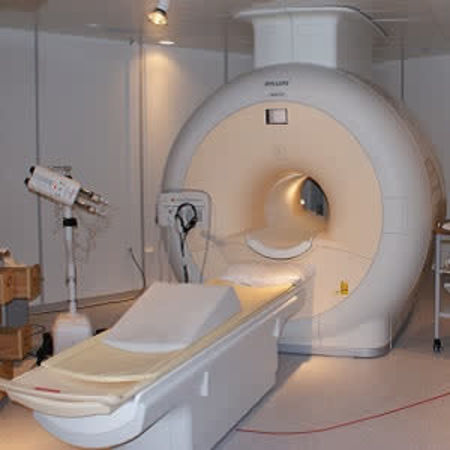Interventional MRI has become part of the clinical routine for many areas of application such as breast and prostate biopsy. Since the economic requirement of covering costs by reimbursement is met and interventional MRI decreases the mortality and morbidity of interventional procedures, broader application of this method can be expected in the clinical routine in the future, says a white paper published by Thieme E-Journals.
Compared to other imaging methods, MRI is characterised by superior soft tissue contrast, multiplanar visualisation, and a lack of ionising radiation. As a result of the adequate differentiation and visualisation of soft tissues, MRI is becoming increasingly important in early diagnostic imaging. An additional, albeit but not unique, advantage is that MRI is a completely noninvasive treatment monitoring method.
The number of findings diagnosed on the basis of MR imaging in oncology patients and the options for the molecular characterisation of tumours are increasing. Thus, the need to perform percutaneous interventions under MRI guidance is also increasing. In addition to use in the simple biopsy of tissue samples and aspirations, MR-guided treatment types such as sclerotherapy, targeted injections, drainage and local tumour treatment have been reported, according to the paper.
A number of tools and user interfaces are available for conducting percutaneous interventions under MRI guidance. "The improvement of the interactive user interface and the development of intuitive operating concepts will further simplify workflows during MR-guided puncture and ablation so that these procedures can be performed even more easily and safely," the paper says.
MR-guided methods for focal therapy of prostate cancer, especially laser ablation, cryotherapy, and focused ultrasound, are becoming a promising option for treating low-grade to medium-grade tumours as an alternative to active monitoring and prostatectomy. Targeted treatment of the index tumour while protecting sensitive neighbouring structures makes it possible to reduce treatment-associated side effects such as erectile dysfunction and incontinence, the paper explains.
The challenge regarding oncological interventions under MR guidance (iMRI) is that operating the MRI system alone or as a hybrid system initially results in an increase in primary and secondary costs compared to conventional methods in angiography, ultrasound, and computed tomography. "However, the method provides better soft tissue contrast and can be directly combined with excellent functional imaging," the paper notes. "For this reason, the procedure for performing MR-guided interventions cannot be simply transferred from current standard concepts in interventional radiology but rather must be based on general conditions such as the case mix index of the disease, the complexity of the treatment concept, and billing using numbers from comparable medical services."
To ensure refinancing of the iMRI system possibly as a hybrid suite with an additional angiography system over the long term, the paper says it is important for radiology to be positioned as an equal clinical partner in an innovative clinical oncological environment in the context of patients with oligometastases to ensure a continuous flow of patients in radiology in cooperative models.
"The cost analysis for the treatment of tumours and metastases shows that interventional MRI can be performed in a cost-covering manner also in this application area. This is an important requirement for broader use," according to the white paper.
Source: Thieme E-Journals
Image Credit: Jan Ainali
Latest Articles
breast biopsy, Interventional MRI, prostate biopsy
Interventional MRI has become part of the clinical routine for many areas of application such as breast and prostate biopsy. Since the economic requirement of covering costs by reimbursement is met and interventional MRI decreases the mortality and morbi
























